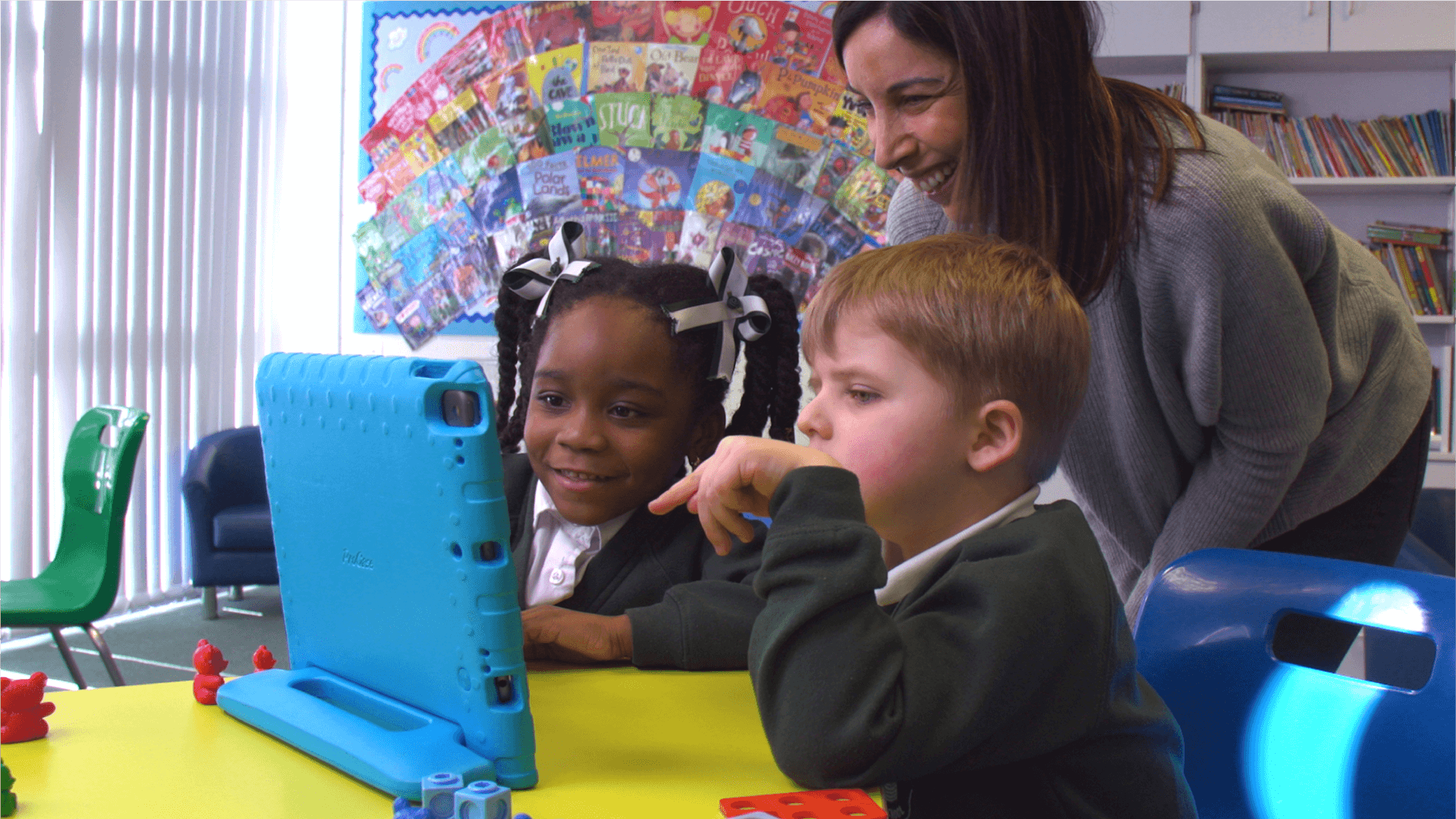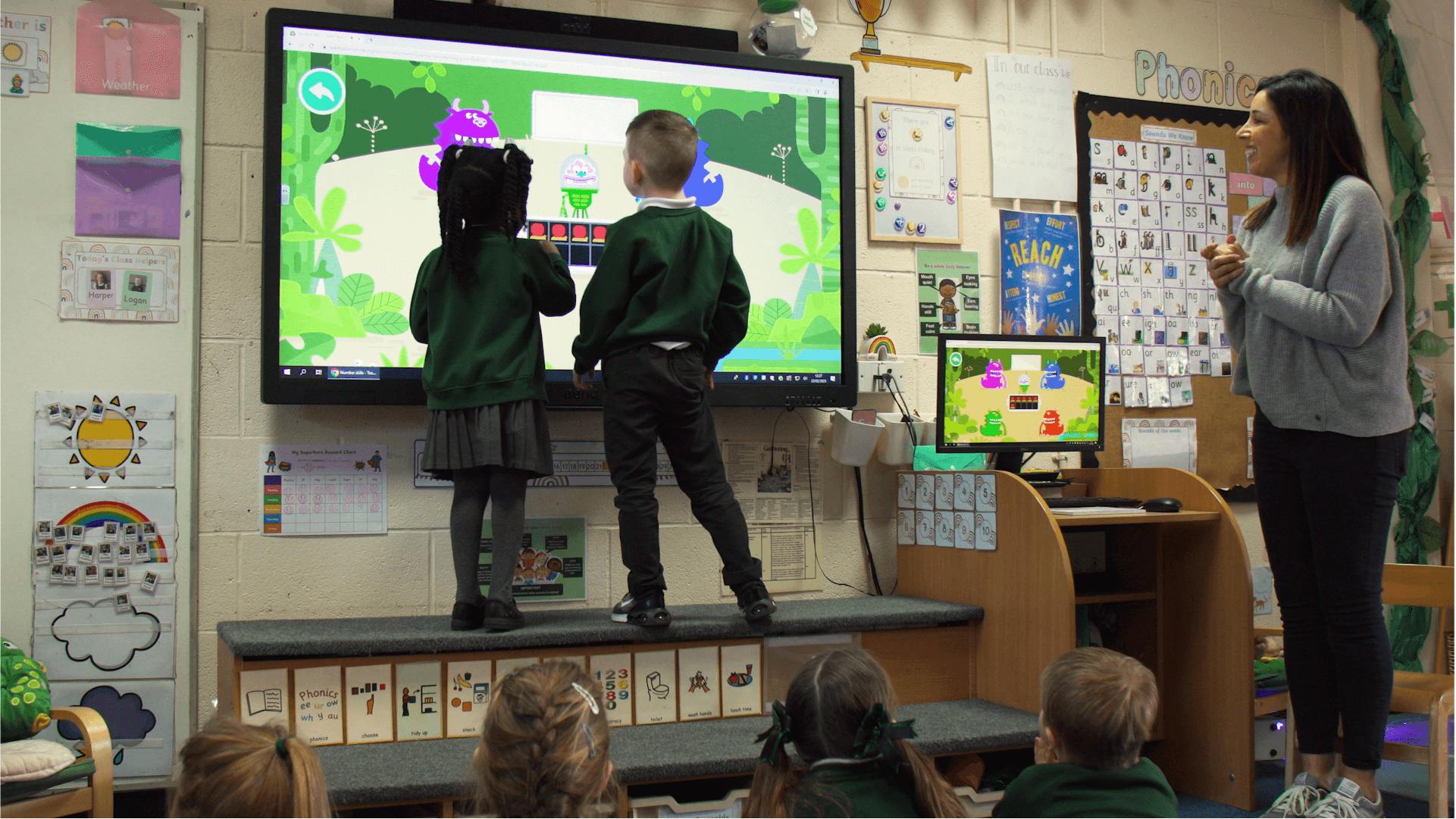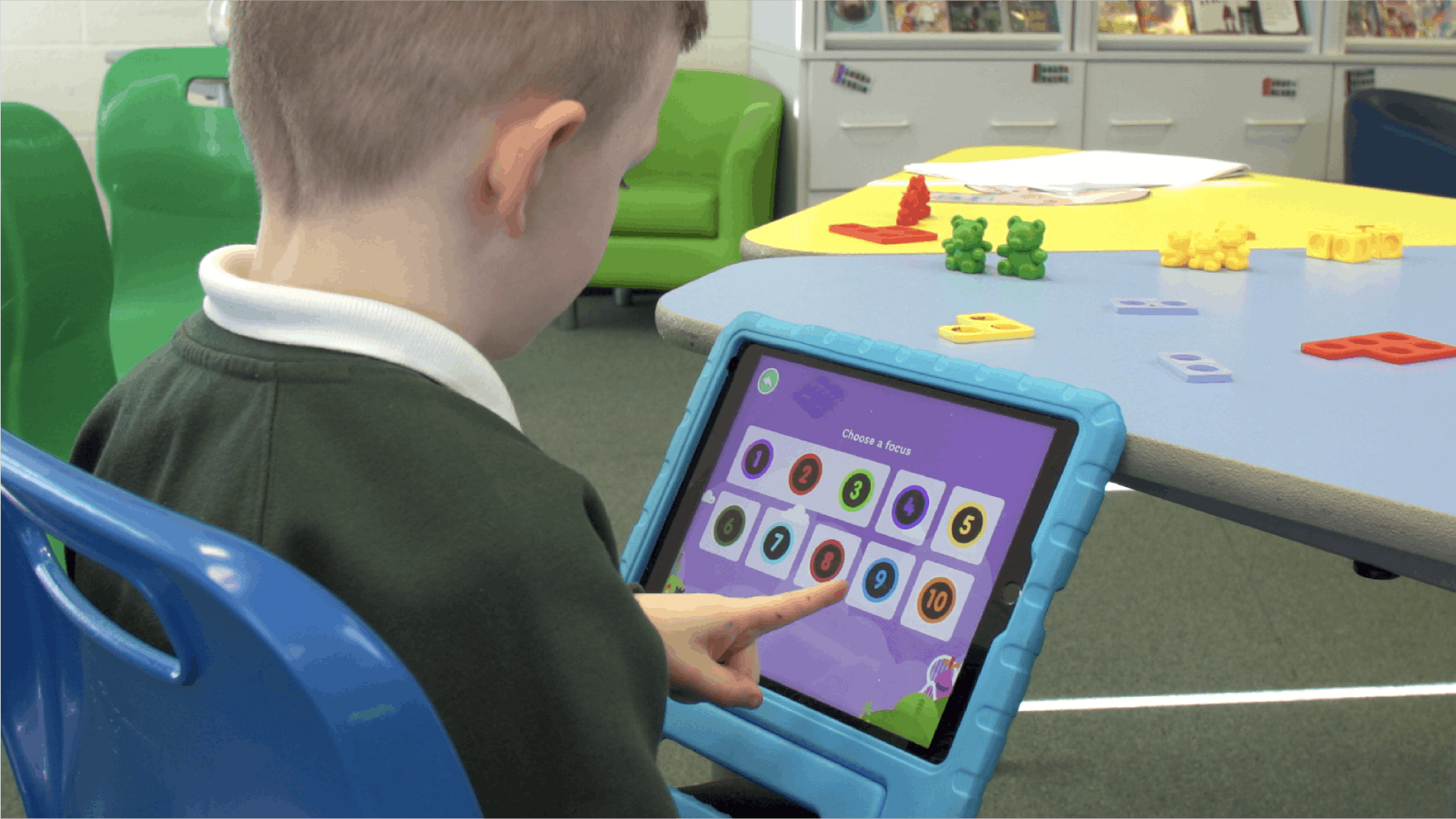Behind-The-Scenes with Teach Your Monster User Researcher, Carla Vij.
(5 minute read)

When we make games at Teach Your Monster, it may look like our games arrive fully formed, but the journey from idea to what you get in your hands can be a trail fraught with danger, wrong turns and head-scratching questions! How do we navigate all this and achieve the level of polish seen in Teach Your Monster? Well, part of the answer is YOU…
At Teach Your Monster, creating educational games that are engaging, inclusive and educational requires many different parts coming together to create one beautiful game! As well as coding and design, the process is rooted in a deep understanding of our users. User testing, continuous feedback, and an ongoing development process are how we ensure that our games are always improving and meeting the needs of all our users, child and adult alike.
To help us understand more, we caught up with Carla Vij, our user researcher at Teach Your Monster. Carla has been a user researcher for Teach Your Monster for about six years. Of her work, she tells us:
“I go into schools and conduct playtests with groups of children and individuals depending on the activity. I also speak to our Teach Your Monster users, conduct surveys and interviews and present feedback to the team so that we can consider any changes and implement any additional features based on our users needs.”
At Teach Your Monster, our philosophy is to ‘make brilliant games that kids and adults love’. To do this, we must first understand the needs of our users. Our audience is diverse, comprising both adults (teachers, parents, and home educators) and children of all ages and needs—the players.
Carla explains that this dual approach is essential for crafting games that work for everyone involved:
"User research is understanding the needs of our users. Not just the adults who install and set up the game for the children, but we also have an important audience, the kids themselves."
We use the data and feedback, alongside research and expert knowledge to inform our choices when making a game as well as coming up with brand new ideas and concepts, innovating new ways to make the most impact.

Part of taking these creative risks is testing to ensure that they are working in the way we intend. Once we’ve identified a need through user research, tested a concept with the pedagogy (educational strategy) and got feedback, it’s time for playtesting. This stage is crucial in shaping the gameplay experience.
Carla takes the game (or parts of the game) into schools and homes, to observe how children interact with the game. This phase is not just about making sure the game is fun—it's about ensuring it works for all children, regardless of background, language, or learning ability.
"I go into schools and conduct playtests with groups of children and individuals depending on the activity. I also speak to our Teach Your Monster users, conduct surveys and interviews, and present feedback to the team."
During these playtests, Carla observes for any usability issues, challenges in game mechanics, or signs of disengagement.
"Our games are designed so that children have fun and are engaged, which is super important, but also the learning component is always embedded, so the children are learning whilst having fun. Sometimes when the child plays the game, it's very different to when the adult plays the game. We observe how they play, what's going on for them as they engage with the game, and then we then take those observations back to the team, project manager, and developers, and we rework any elements that needs review.”
If a particular mini-game or learning activity isn’t hitting the mark, Carla’s feedback allows the development team to make adjustments. Sometimes this is making changes when some element hasn't worked as intended or had the desired result, which may lead to a change in approach. Sometimes it's just a small tweak, sometimes much more. Every change improves the whole experience, getting closer to a game we feel is ready for release.
Even after a game is released, the work doesn’t stop. Carla explains how the team revisits older games to address any feedback from players, ensuring that each game evolves over time:
"We don't just playtest as we release new updates. We sometimes revisit parts of the game that we may have received feedback about, or, for example, a user interview may have highlighted something that requires review.
We would then take that part of the game out into schools or review it with some users at home, and observe and understand what changes may be required. We would then make the necessary adjustments after careful review and consideration with the product team.
That's why our users are always getting updates, because we're always making improvements.”

We asked Carla for an example of how this iterative process has directly impacted one of our games.
“When I was playtesting Number Skills, we didn't have a tutorial at the beginning of the minigames, so I played the part of Queenie Bee, now the player's guide through the game. We reviewed the playtest observations along with the required directions, and we reflected on how we take the role of the teacher, who's not going to be sitting with them the whole time, and incorporate that voice into the game. As it's fundamental that they play independently, the team came up with the Queenie B tutorial concept, and it's been very effective at onboarding children.
Even if the child doesn't listen to all the instructions, you often see that they're following the demo with their hands. And then the next time they play, they understand what to do. In effect, they're able to access the learning part of the game because that usability is there, and it's very fluid. The tutorial was pivotal, and also a unique feature in our games, I felt, because we didn't have that feature in the other games.”
As you can see, the process of creating games at Teach Your Monster is deeply collaborative, ever-evolving and user-centred. Everyone who plays our games helps us improve and make our games better. Through an ongoing playtesting and feedback loop, the team ensures that each game is designed to make the biggest positive impact on our most important users - children.
Kay Leathers, freelance consultant for Teach Your Monster